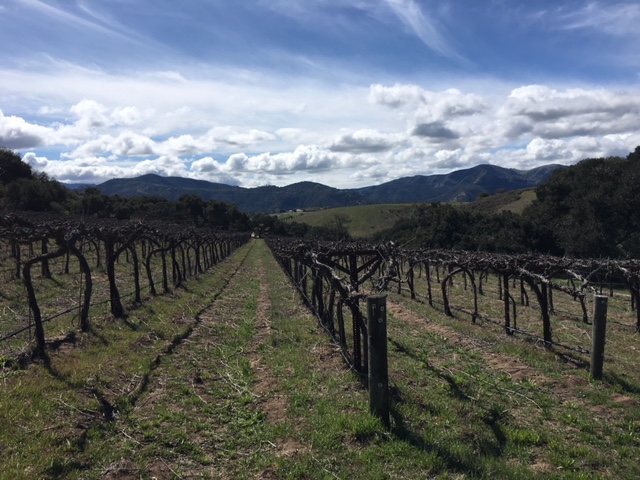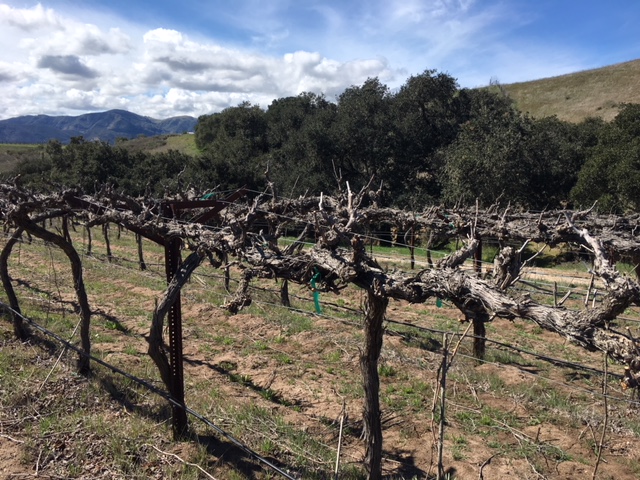When I was in my early 20's I read an article in Gun Digest about a London Gunmaker by the name of Holland and Holland. Something about the story captivated me and at that point I became a little obsessed with Holland and Holland. I read everything I could about them and decided that I needed to own a 12 Bore Royal some day.
I set out on a quest for my own Holland and Holland. I searched high and low for a nice example that was in my price range (remember I was in my 20's). Eventually I found this gun in a shop outside of London. I arranged to have it shipped to the US and did the import paperwork myself. Paying someone to import if for me was out of the question. I simply could not afford it.
It is a 12 Bore, Holland and Holland Royal with Damascus Barrels, built in 1892 for a Mr Butterworth of London. From the proof marks the gun was in service for many years and probably had many owners before it came to rest in my hands.
The Gun came in its original case, but after over a 100 years it was a little rough so I build this Oak and Leather case for it.
Here is a picture of the beautiful Damascus Barrels.
I often wonder what ever happened to Mr Butterworth and if he would approve of me taking care of his Shotgun
All in all not a bad Shotgun for a 20 something year old to own.
Funny story I was at a Dinner party once and an older gentleman was talking about Holland and Holland and implied that I was too young or unsophisticated to know anything about them. He was very surprised when I told him that I did know who they were and that I owned a Royal.
I have tried to sell it a few times but my Wife wont let me. She has decided that it is hers and that I am not allowed to sell it. So instead I think that I will take it back over to England for a Driven Pheasant Shoot some day.

























